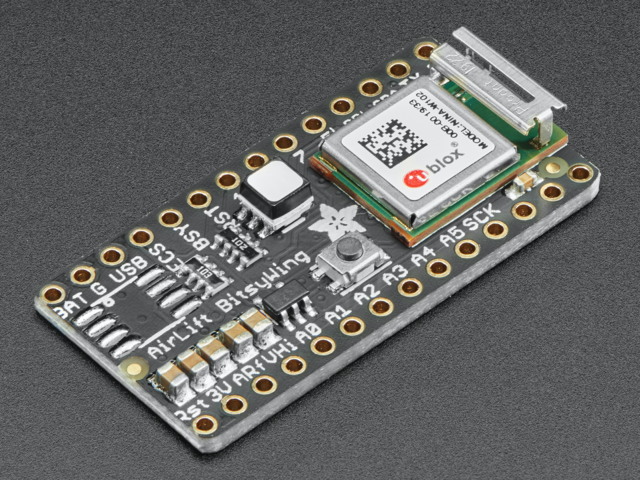Don't have a Python installation on your computer? If you're new to all this, the Jupyter Project recommends installing Anaconda, which installs Python, the Jupyter Notebook, and other commonly used packages for scientific computing and data science.
You will need to know if you are running 32-bit WIndows or 64-bit Windows. To find out if your computer is running a 32-bit or 64-bit version of Windows in Windows 7, Open System by clicking the Start button , right-clicking Computer, and then clicking Properties. On Windows 10, type about in the search box on your taskbar, and then select About your PC. Look under PC for System type to see if you're running a 32-bit or 64-bit version of Windows.
Select the proper download for your system (32-bit or 64-bit). The file will download, probably into your Downloads folder. You can start the installation by clicking the downloaded file icon in the browser or using File Explorer, going to the Downloads folder and double clicking the file with a name like Anaconda3-5.2.0-Windows-x86_64.exe. You'll see the installation run:
Click Next then All Users (if you have administrative privileges, otherwise click Just me).
The installer will ask where to put the installation. Unless you have a specific place, accept the default which is C:\ProgramData\Anaconda3 or similar by clicking Next.
You'll see the screen below.
It is recommended you keep the Advanced Options the way the installer wants them unless you have been told by an instructor otherwise or have other Python software installed and are knowledgeable about multiple installations. Click Install.
Anaconda will now install, it'll take a few minutes depending on your system speed. You may see some windows open and close, that is typical.
When done, the installer will show Completed. Click Next.
The installer will ask if you want to install the free, open source editor Microsoft VSCode. You will need administrator privileges if you want to install this. Or you can skip. If you are more of a power user, Install is good. If you are not the admin of the machine, click Skip.
The installer will then show you this screen:
If you want to learn more, keep the check boxes clicked. Click Finish.
On Windows 10, you'll have new Start Menu items under Anaconda. Click the Start Menu, then scroll down to Anaconda then expand by clicking Anaconda and you'll see several items.
Anaconda Prompt works like a Windows command window (an interactive prompt). It uses Windows (DOS-like) type commands, not Unix/Linux commands.
Clicking Jupyter Notebook will open a command prompt window and a browser window with Jupyter.
Installing the CircuitPython Kernel
Kernels are the main logic groups inside Jupyter. The default Windows installation only installs Python 3. We'll need to get a bit more code for the CircuitPython notebook.
First we need to download the latest kernel file from the Adafruit GitHub website.
Click the button below or in your web browser, go to https://github.com/adafruit/circuitpython_kernel
Save the file in your Windows Documents folder.
Next use your Windows File Explorer to go to the Documents folder.
Double-click the circuitpython_kernel-master.zip file. Copy the directory in the ZIP file named circuitpython_kernel-master into the Documents folder ("unzipping it" so we can use the files).
Now the files for the kernel are in your user's Documents folder in the circuitpython_kernel-master directory.
Run Anaconda Prompt by going to Start Button -> Anaconda -> Anaconda Prompt. You'll get the terminal like window below:
You will probably have another username besides Mike. Note what that username is as you'll need it in the next steps.
Type the following commands in Anaconda Prompt:
cd \Users\yourusername\Documents\circuitpython_kernel-master
Your prompt (the part which is before the typing area) should show that you are in the directory. If you do not see that you are in the circuitpython_kernel-master directory, double check your typing and try again.
If all is ok, then we'll start installing!
Type:
python setup.py install
You'll get a lot of output and hopefully it should show success. if there is an error about something not found, ensure you are in the directory with all the code from the ZIP file. If there is an error about epylint (like above), that's ok right now, your install should still work ok.
After the setup.py installs, type:
python -m circuitpython_kernel.install
and you should see the text:
Time to verify everything is ok! Type in the prompt window:
jupyter kernelspec list
which should print:
If you see both circuitpython and python3, you're set.

































